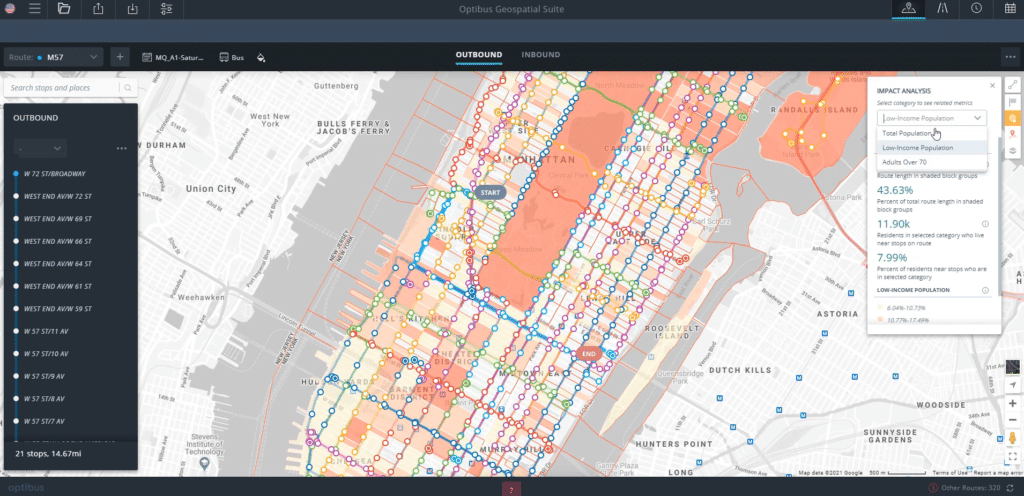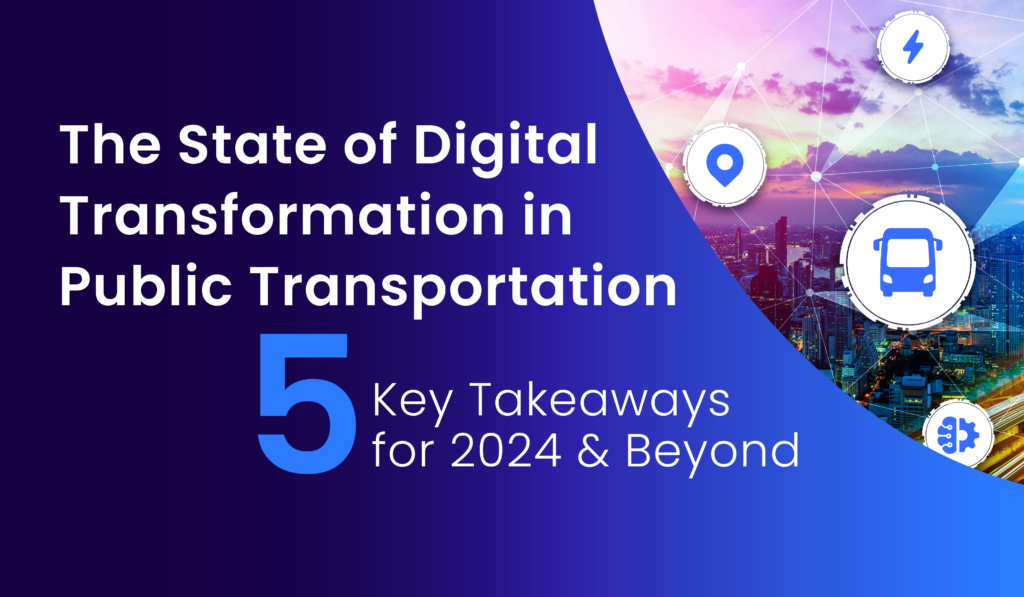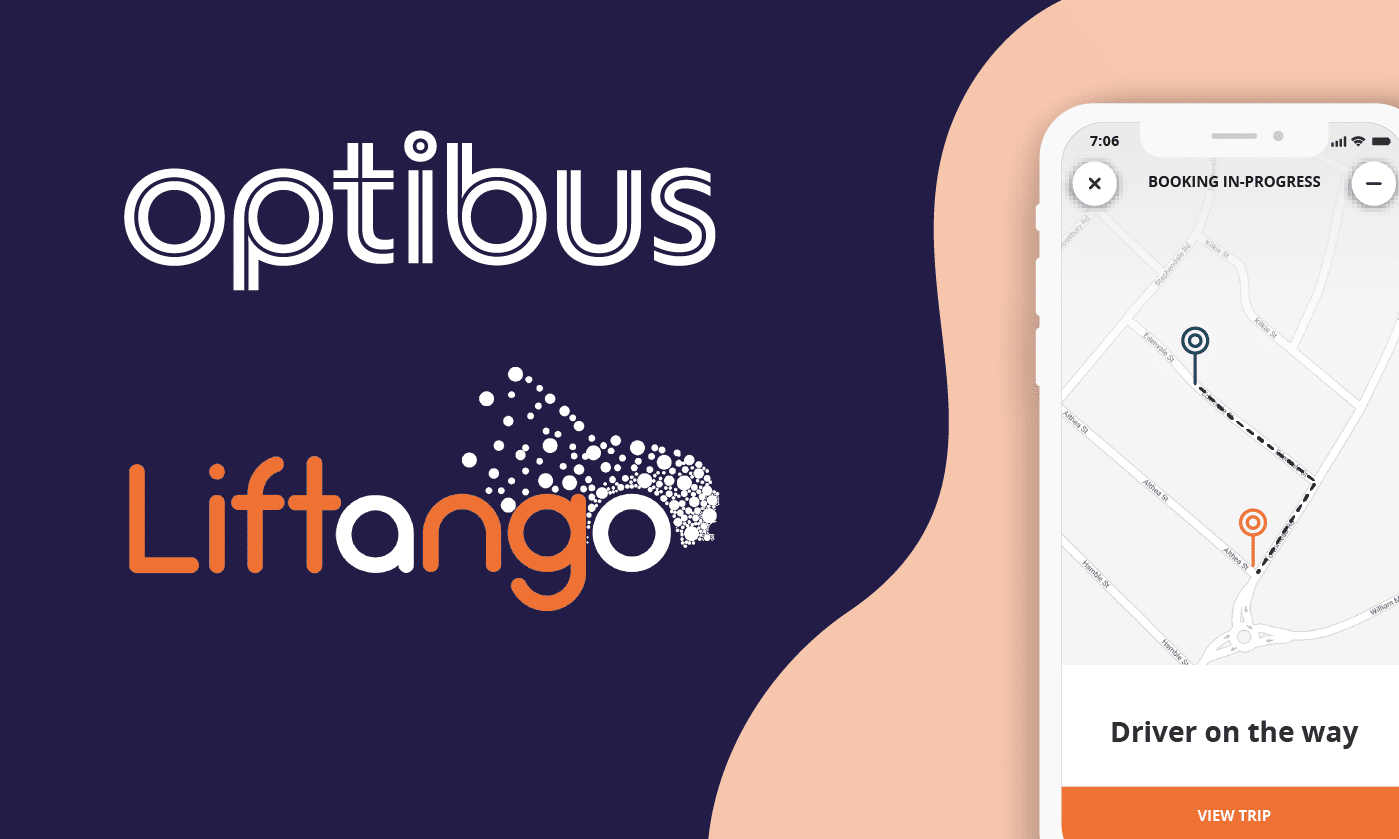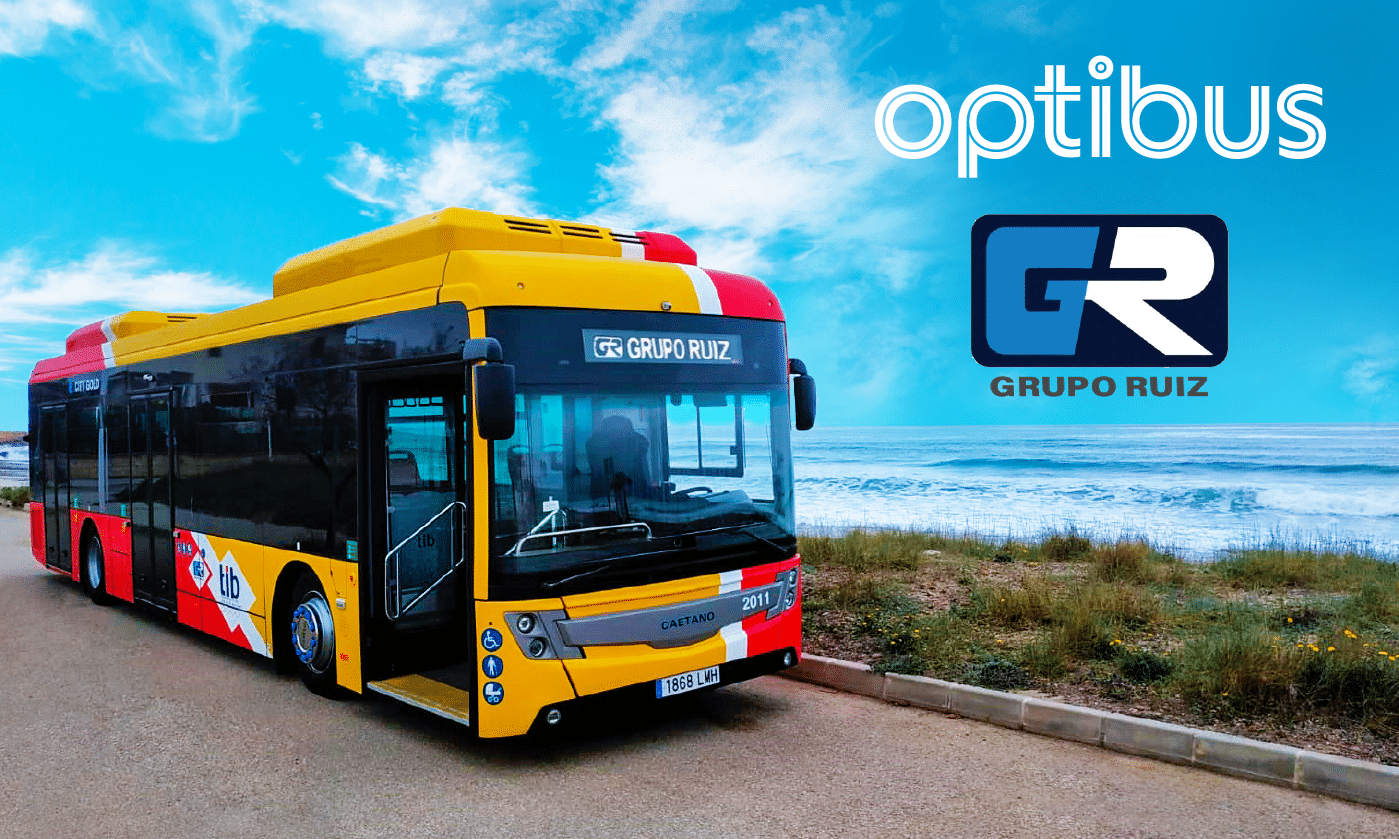This is the second installment in our series "How to Adapt to Changing Priorities and Paradigms in 2022." Click here to read Part I on drivers.
.png?width=1397&name=2022%20Paradigms%20Webinar%20-%20Fuel%20-%20Blog%20(1).png)
The rising price of fuel is making both the public transportation industry and car drivers think twice about how often they use fuel vehicles. For car drivers, this means seeking alternatives to personal vehicles. For the public transportation industry, it means accelerating the shift from diesel to electric vehicles.
In a recent webinar, Optibus and industry leaders discussed how fuel shortages will impact public transportation ridership and electrification. Two key takeaways were that:
- Rising gas prices present an opportunity to promote public transportation as an affordable alternative to personal vehicles
- Vehicle electrification and EV learning must accelerate to respond to this crisis
Pushing the affordability of public transportation in the face of rising gas prices
As of mid-July 2022, the average retail cost of gasoline across the United States is $4.60, up from $3.15 one year ago. Nine states have surpassed the $5 per gallon mark, with more states hovering in the $4.80 range. In California, drivers statewide now pay an average of almost $6.00 per gallon.
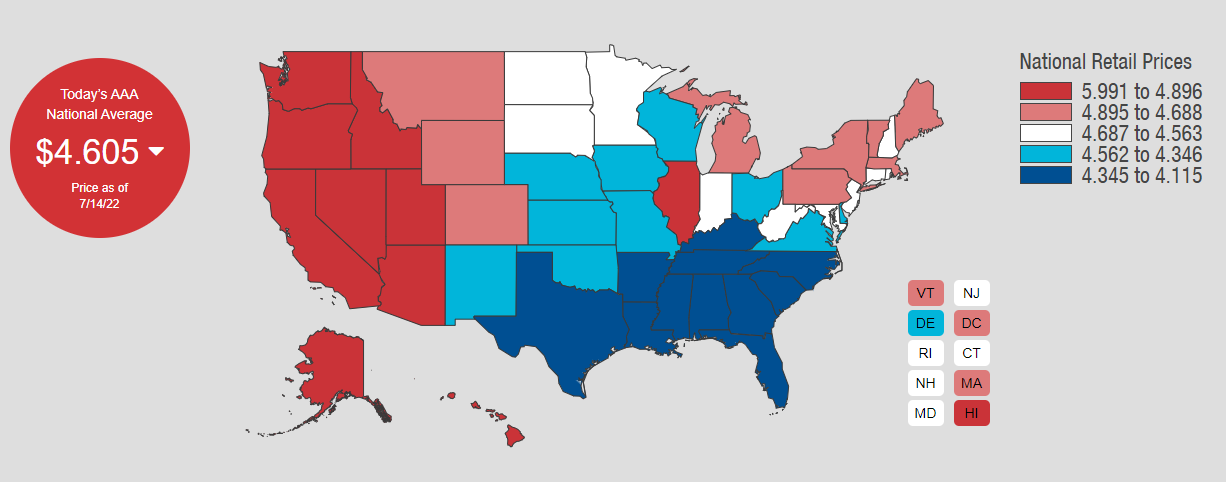
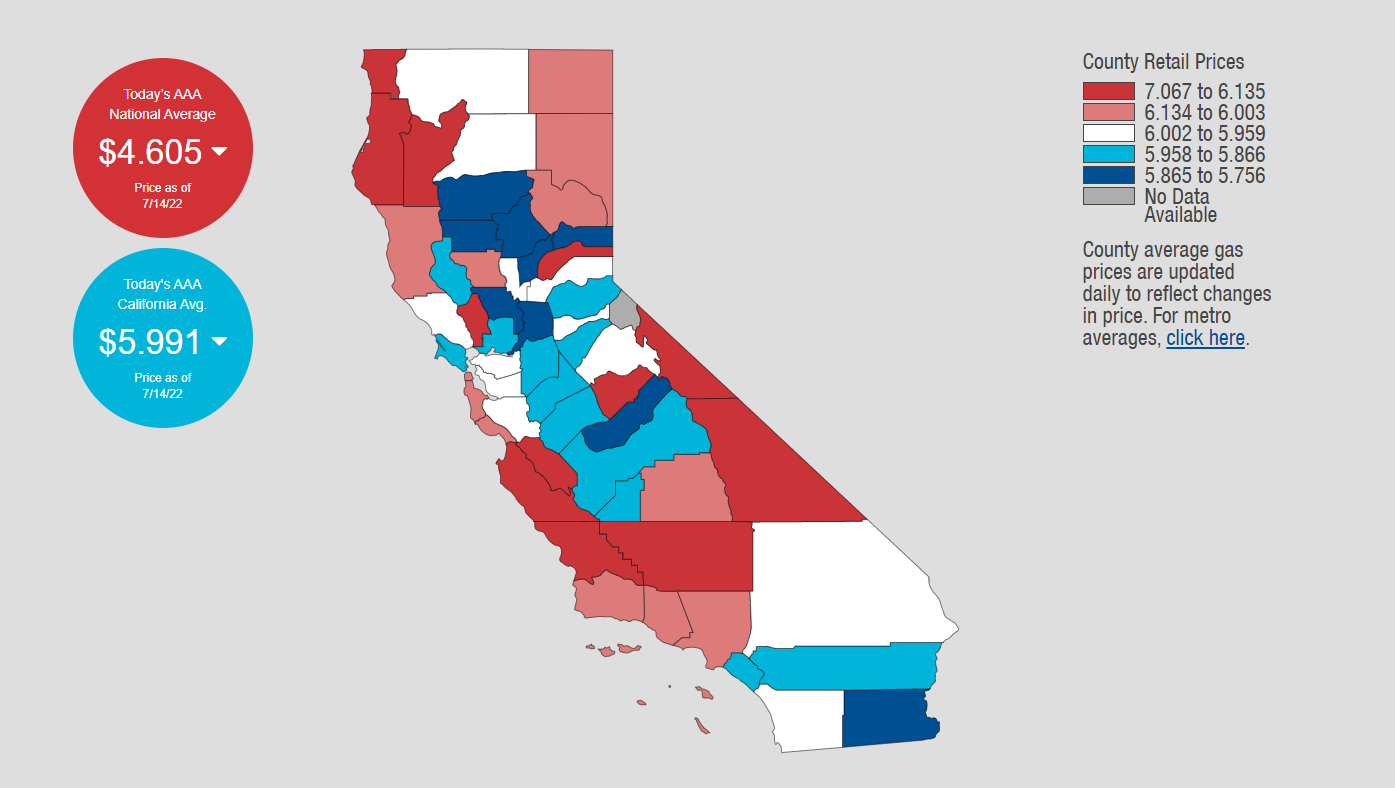
Image Source: AAA Gas Prices
These are record-breaking numbers, unseen since 2008. The rising cost of gas could be the push needed to get people out of their cars and onto public transportation.
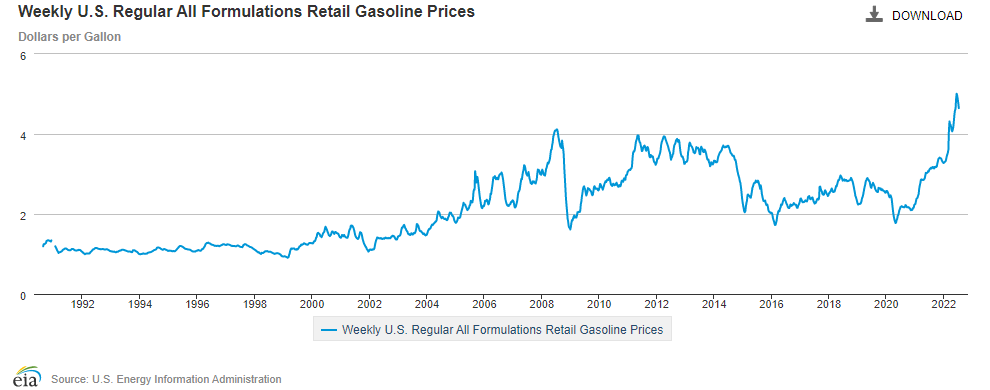
Graph source: U.S. Energy Information Administration
In Mahoning County, Ohio, where the average cost per gallon hit $5.01 in June, Judy Rodriguez, Director of Transportation at the Western Reserve Transit Authority (WRTA), reports an uptick in new riders, many of whom are using the bus for the first time, both because gas prices are so high and because WRTA is fare-free.
“Look at the fuel price. You can ride the WRTA for free,” is the message Judy and her team communicate to riders in the midst of this crisis.
Fuel Shortages can accelerate vehicle electrification and EV learnings
Car drivers are not the only ones trying to avoid fueling up. Bus operators are equally interested in affordability, and the increase in fuel prices could speed up the adoption of electric vehicles.
“I think electric is going to be the best way to go,” said Judy. “[Operators] don’t want to spend the money on fuel.”
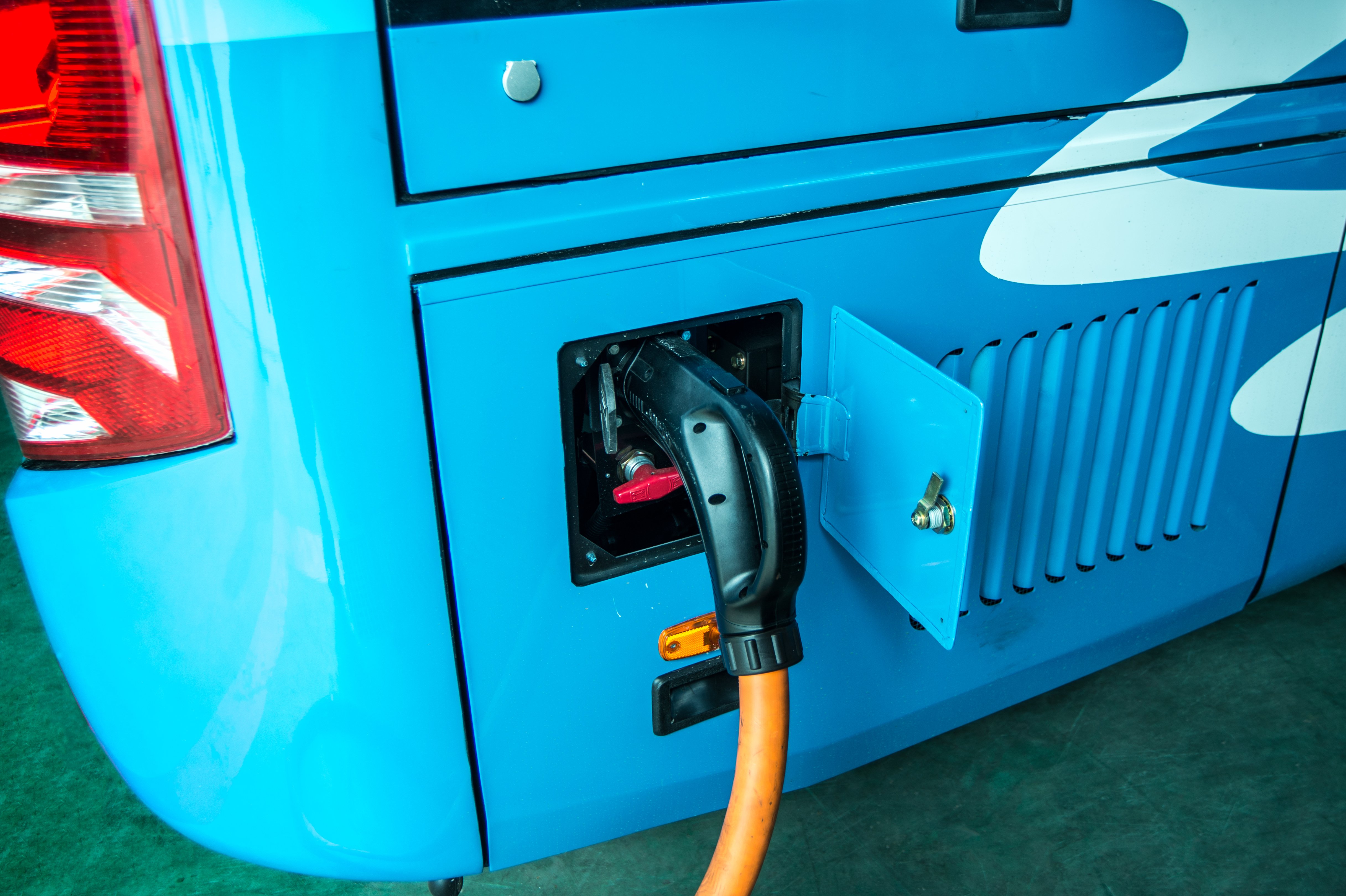
A collective rush away from gasoline has created an opportunity for public transportation operators to uncover the challenges that electric buses present in a very concentrated period of time and share collective learnings, leading to faster, more efficient adoption. For Crissy Ditmore, Head of Public Policy at Optibus, one of the most important lessons will be how to meet the operational needs of electric vehicles.
“If you’ve bought the bus before you’ve even spoken to your power company, that’s already the backwards way of having that conversation. There’s a lot that goes into this shift to electrification... I think it’s also around understanding what you’re actually going to need to manage them,” Crissy explained.
Overcoming challenges and speeding up electrification will be easiest if learning occurs collectively and is shared across the industry, according to Carla Stockton-Jones, the UK Managing Director for Stagecoach Group.
“For me, I think what’s really key, though, is we can’t do this alone. If we try to do this alone, it will take too long for us to do it. I think we have to work collaboratively. Operators, local authorities, national governments,” said Carla.
“It’s incredibly important for all of us together to be working towards that future where we can have lesser dependency on oil and gas, and have a much more sustainable, equitable future for all,” added Crissy.
Conclusion and Next Steps
The pains that rising gas prices cause today are the gains in bus electrification and ridership that the public transportation industry can reap tomorrow.
Providing high quality services to drivers turning to public transportation as a temporary, affordable alternative to high gas prices could convince them to continue riding the bus over the long-term, boosting ridership and decreasing reliance on personal vehicles. This window is time sensitive - when gas prices fall, drivers will return to their cars, unless public transportation has proven itself to be a better mobility experience. Operators and agencies should work quickly to invest in processes that enable them to roll out quality services during this time. Read our ebook “Winning Back Ridership in the Aftermath of COVID-19” to explore what service changes boost ridership and watch our Scheduling and Planning webinars to learn how optimization and rapid scenario creation improve service quality, transportation access, and operational efficiency.
Just as riders avoid the pump, public transportation can use this period as an incentive to collectively move towards electrification. The quicker the transition occurs, the faster the industry can learn and share the best practices for managing mixed and fully electric fleets. Our webinar “What You Need to Know About Electric Bus Scheduling and Operations” and eBook “Planning and Scheduling for Electric Vehicles” explain how to adjust scheduling practices for electric buses and what operational processes are needed to support vehicle electrification.

